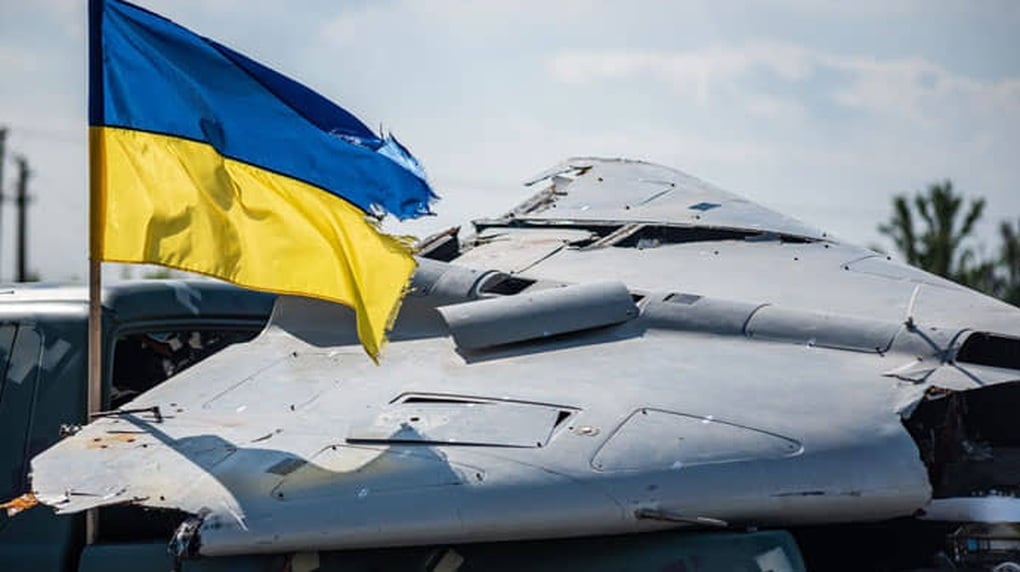
A Russian Shahed UAV was shot down (Photo: Ukrainian Army).
The British Ministry of Defense released an intelligence report on December 13 saying that Russia began launching Shahed suicide UAVs from a new location near Balaklava, in Crimea.
According to the British side, this move seemed to respond to Ukraine's previous attack on Crimean UAVs, while making it more difficult for Kiev's air defenses to intercept the weapons.
On December 5, Russia announced that it had prevented 41 attacks by Ukrainian UAVs on Russian military infrastructure in Crimea, including near Cape Chauda, which Russia has been using since early September.
Analysts believe that Russia’s addition of suicide UAV launch sites will force Kiev to adapt to the new flight paths of the weapons over Ukrainian cities in order to find a way to intercept them. Ukraine will have to find a way to deploy air defense systems and interceptor weapons on the new flight paths in the context of its lack of defensive weapons.
He said Balaklava had become the fifth location from which Russia launched UAVs targeting Ukraine, along with Cape Chauda and the Russian cities of Yeysk, Primorsko-Akhtarsk and Kursk.
In the early morning of December 13, Russia launched 10 UAVs from Balaklava into Ukraine. Kiev claimed to have intercepted most of these UAVs in Odessa in the area under the responsibility of the Southern Operations Command.
Russia began to increase its use of UAVs in October last year, in an attempt to massively attack Ukraine's essential infrastructure, causing widespread power outages in the capital Kiev and many major cities during the winter. The West believes that Russia wants to put pressure on its opponents.
Recently, Ukraine and the West have noted that Russia has made improvements to the Shahed UAV to avoid Ukraine's air defense "fire net".
In late November, Ukrainian Air Force spokesman Yurii Ihnat said Russia had used composite materials to reduce the effective radar reflection area.
Russia has also carbon-coated the Shahed drones or repainted them black to make them harder for Ukrainian air defense systems to shoot down.
“Now we can see they used carbon fiber. Carbon is a radar-absorbent material, and as for repainting it black, you don’t need to be a rocket scientist to understand,” Ihnat added.
According to the Ukrainian air force spokesman, this Russian tactic "will hinder air defense efforts, especially direct targeting of mobile fire groups".
Later, Eurasian Times quoted some Ukrainian officials as saying that Russia may have installed thermobaric ammunition on the Geran suicide UAV, a weapon Kiev suspected to be Shahed, which Moscow bought from Iran and repainted.
Images from the scene posted on social media on December 3 showed that Russia appeared to have developed a 40kg thermobaric warhead to integrate into the Geran, turning it into a flying version of the TOS-1A "solar fire" cannon.
Thermobaric warheads, when fired at a target, will create a fire that burns and destroys the target with a chemical explosion contained in the missile. The operating principle of this warhead is to disperse a special flammable substance into a "cloud" surrounding the target and activating the cloud to create a large explosion.
The flames created by burning fuel cause the air to expand suddenly, creating shock waves that can cause widespread destruction. According to the Eurasian Times, thermobaric warheads are powerful enough to collapse a building.
Source



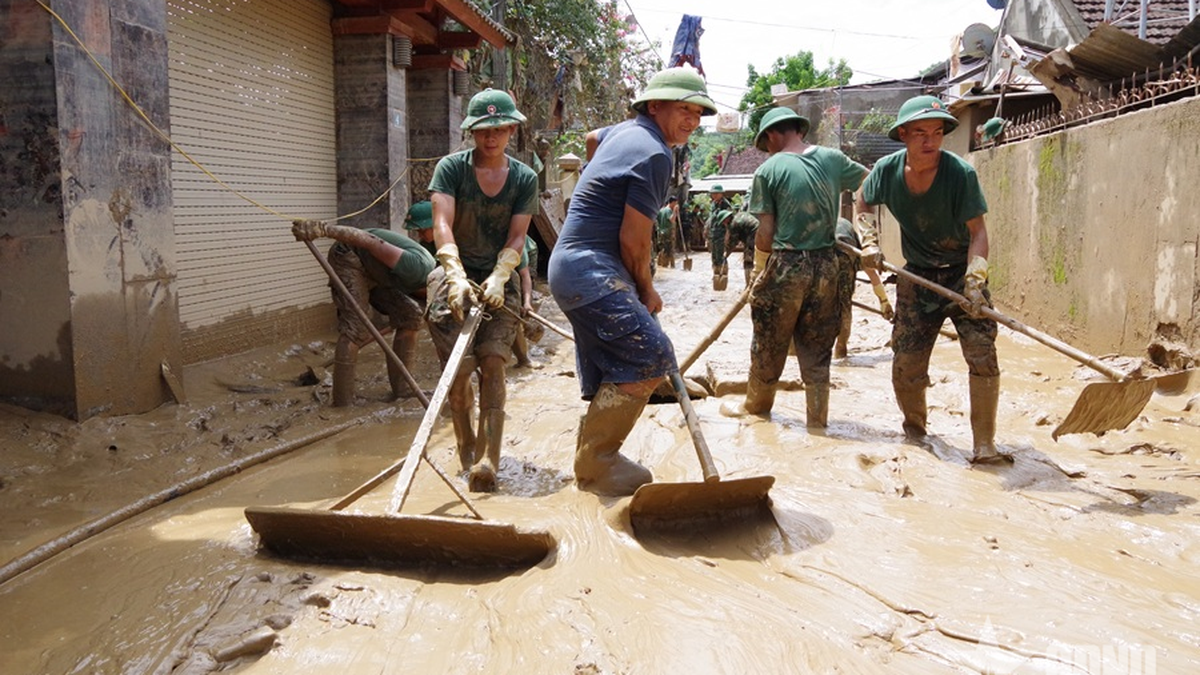


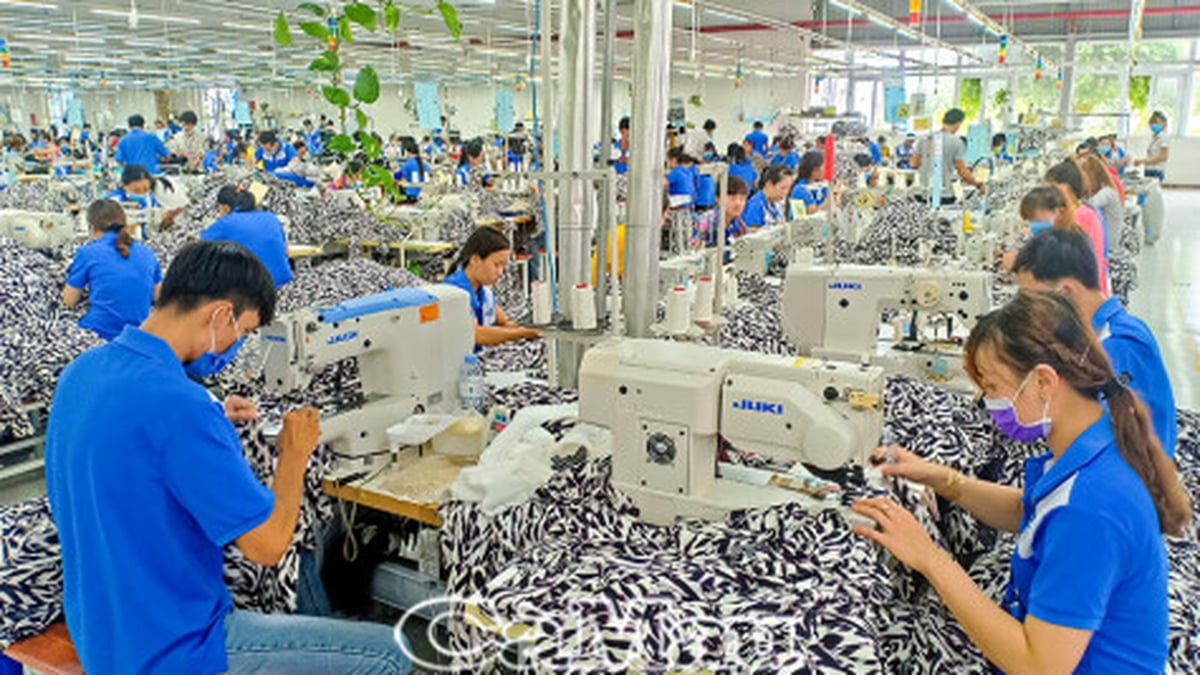

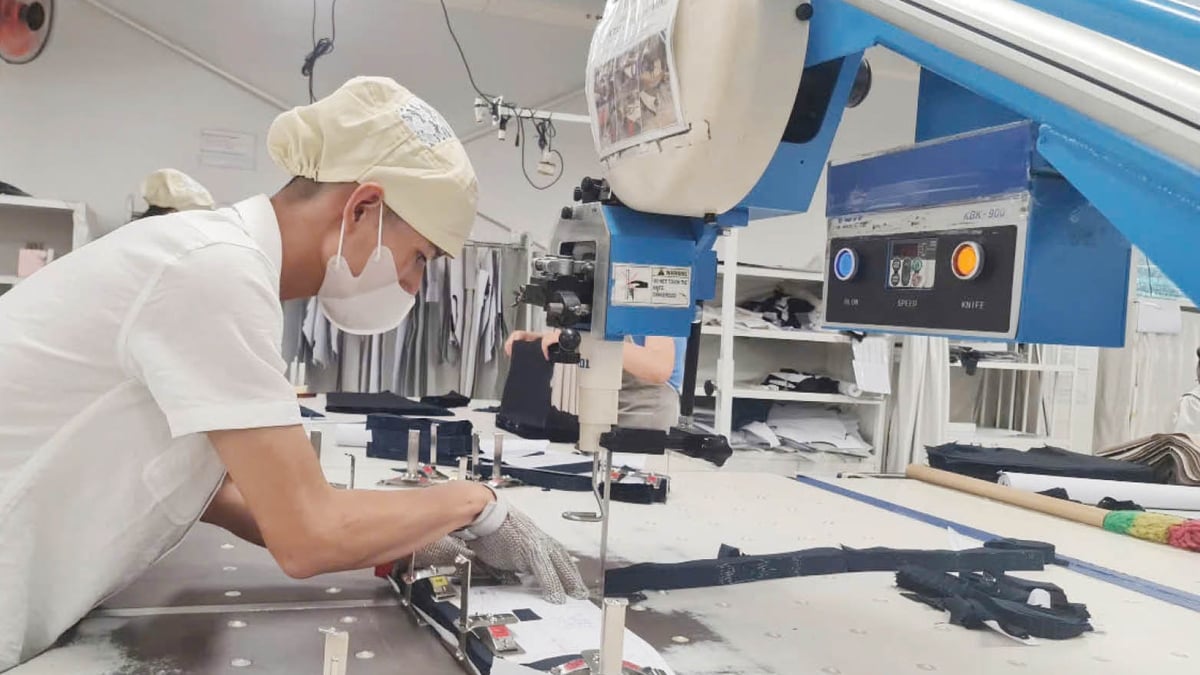
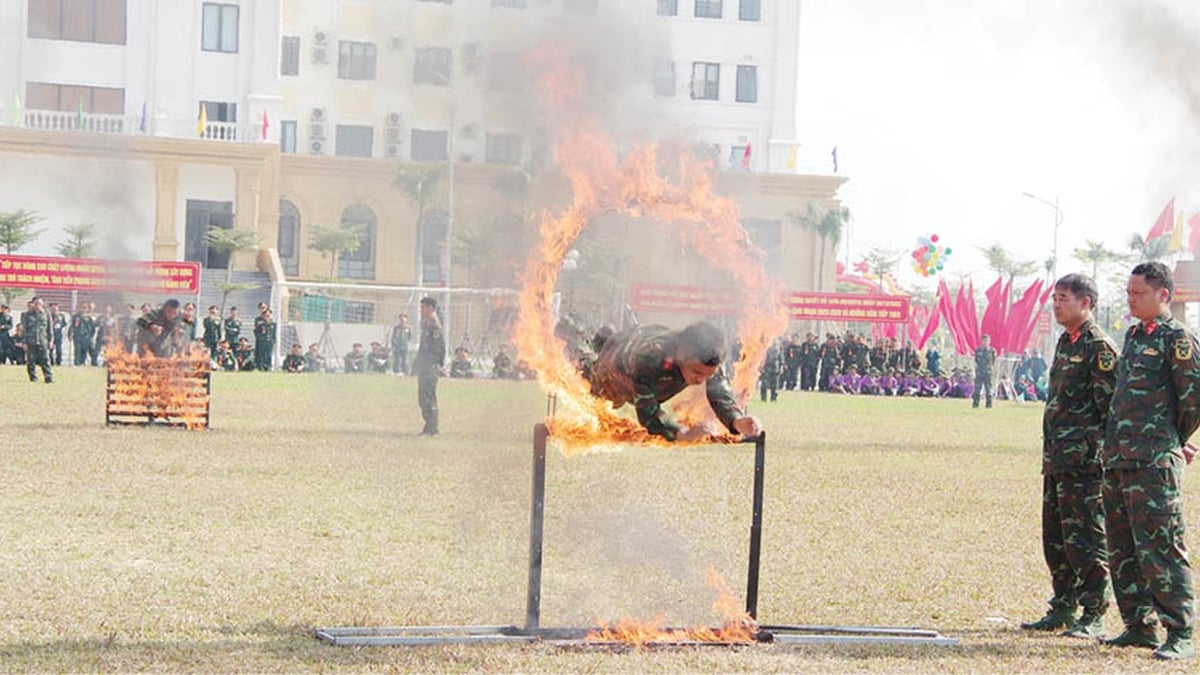















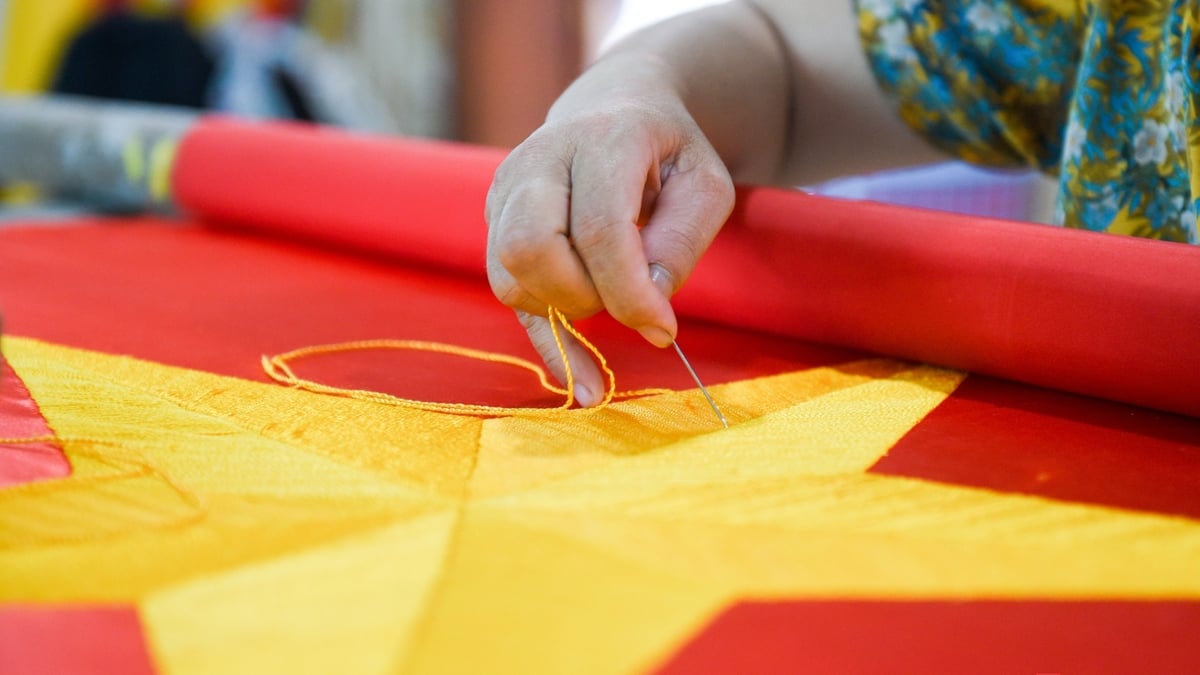





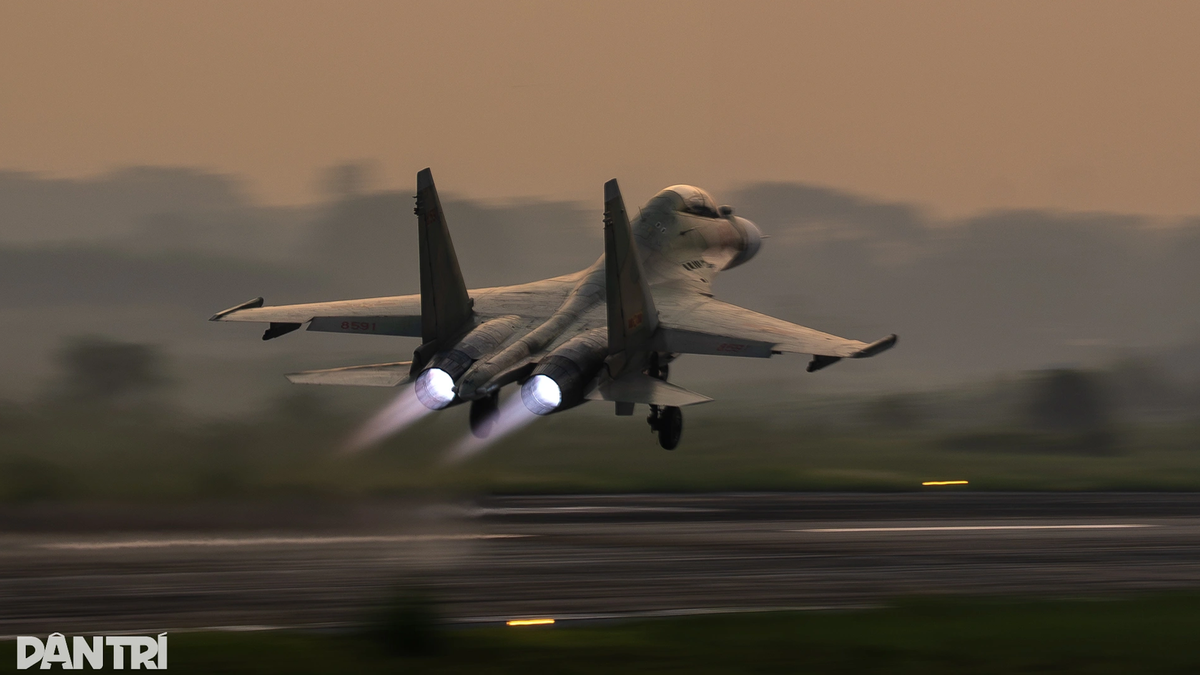























![[Maritime News] Container shipping faces overcapacity that will last until 2028](https://vphoto.vietnam.vn/thumb/402x226/vietnam/resource/IMAGE/2025/7/30/6d35cbc6b0f643fd97f8aa2e9bc87aea)































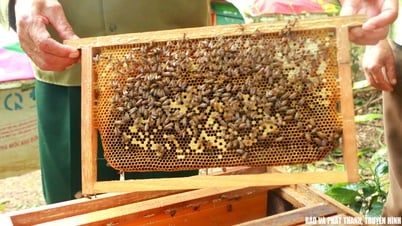


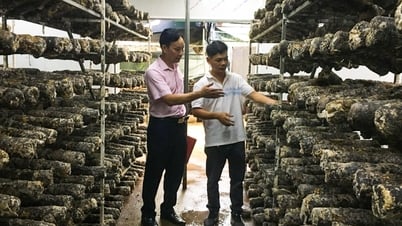

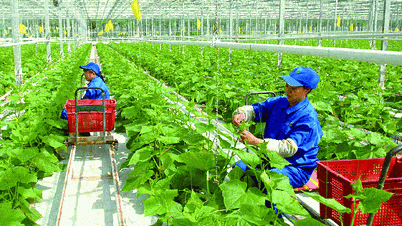





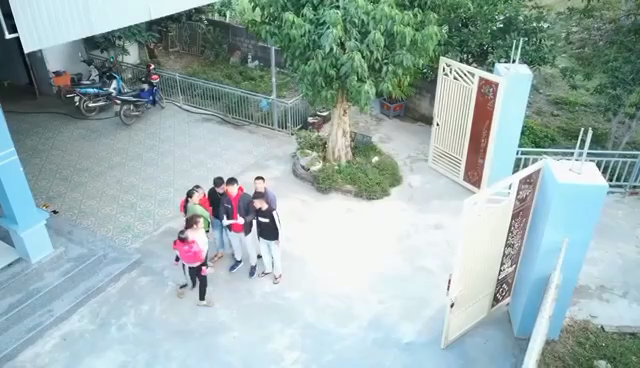


Comment (0)